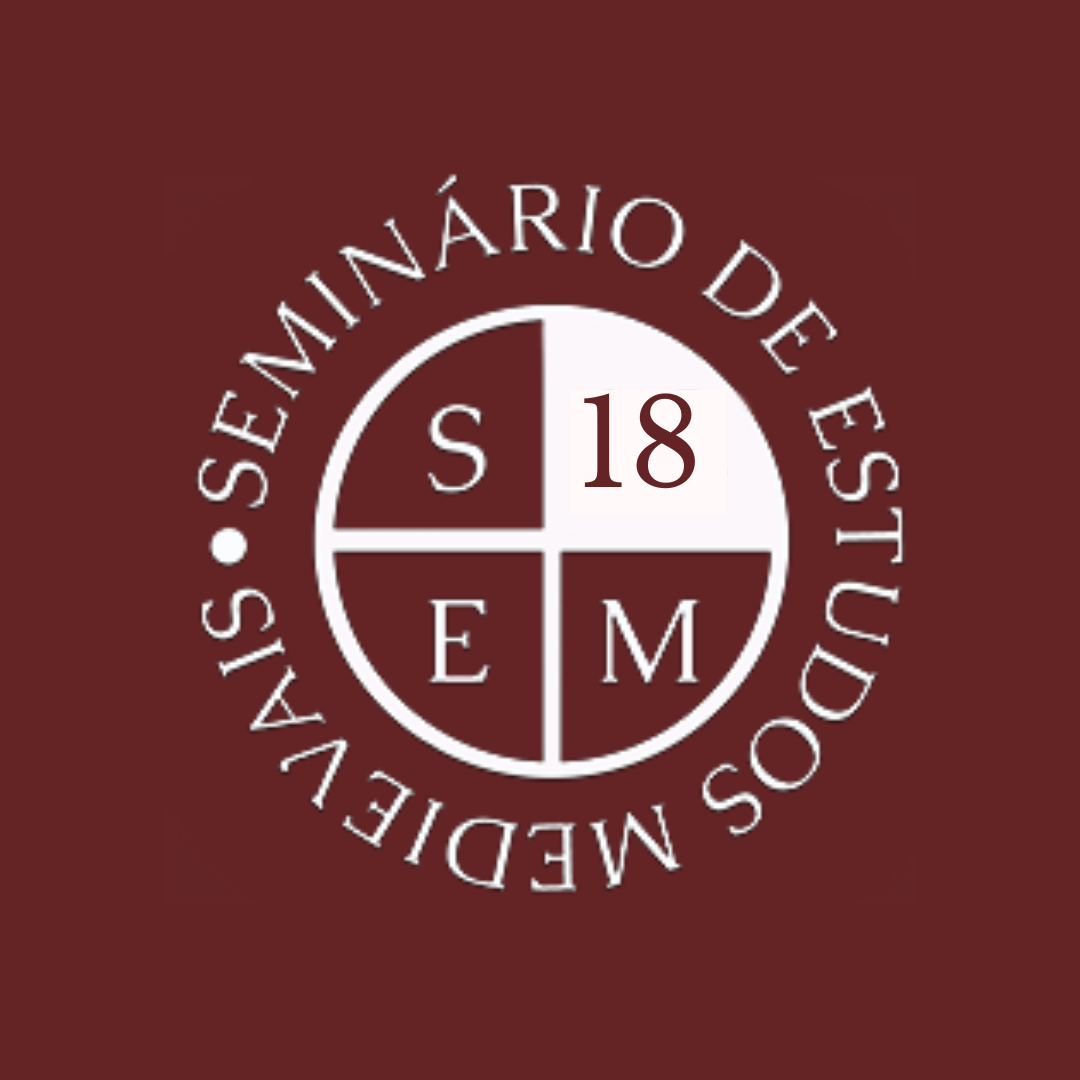Seminar in Medieval Studies: “Trade in the pre-capitalistic North Atlantic” – Orri Vésteinsson
12th session Medieval Studies Seminar
07.11.2018
Edifício ID, Sala 0.06 (Piso 0), NOVA FCSH, Lisbon

It is often argued that the island colonies of the North Atlantic owed their very existence to being suppliers of luxury goods for European elites (e.g. walrus ivory, gyrfalcons). The paper examines the evidence for international trade in 14th century Iceland based on excavations of a merchants’ camp at Gásir in North Iceland and argues that while some exports may have caught high prices at markets abroad the producing economies were remarkably immune to market forces.
Biographical note
Orri Vésteinsson (b. 1967) is a professor of archaeology at the University of Iceland. He studied archaeology at the Institute of Archaeology in London (MA, 1991) and history at the University of Iceland (BA, 1990) and University College London (PhD, 1996). He is the author of The Christianization of Iceland. Priests, Power and Social Change (OUP 2000) and numerous publications on Viking Age and medieval history and archaeology of the North Atlantic.
